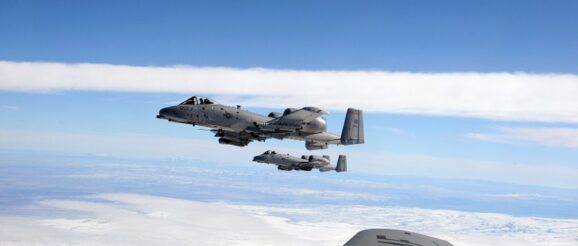ANG highlights innovation to improve training – Training – Shephard Media

Maj Gen John Hronek, the US Air National Guard (ANG) representative to the commander of the USAF’s Air Education and Training Command (AETC) has used a speech to an AFCEA chapter to highlight how innovation and technology is able to speed up training times while increasing ‘warfighter effectiveness’.
Hronek discussed initiatives and programmes that AETC is implementing to transform pilot training, and he explained how technologies, including VR, AI and analytics, have important roles in how AETC instructors train pilots.
In part, this transformation has come about to address a shortfall in pilots for the USAF and its knock-on effect on the ANG.
‘There are two main objectives in accomplishing the task of transforming pilot training, enhancing lethality and readiness, and transforming the way pilots learn,’ Hronek said.
He also highlighted how the USAF is now able to shorten training courses and provide modularised technical training. These actions ‘have cut idle time in certain training pipelines by 40%, enabling airmen to get through training and to their first duty locations faster and more ready’.
In discussing AETC’s Pilot Training Next (PTN) initiative, ‘which focuses on training pilots better and faster, while helping them foster deeper learning’, Hronek pointed to future training models.
The much-publicised PTN programme ‘is based on utilising advanced immersive training, remote simulator operations, and innovations in the advanced phases of pilot training by working with industry partners’.
Through the PTN initiative, Hronek said AETC has been able to decrease some portions of pilot training by several months.
He added: ‘We want to transition to a student-centered learning, not just one class. We also want to deliver quality instruction that gives feedback to the instructors on how that student is progressing and how they can progress them faster, making sure they are not missing something.
‘In order to accelerate change, we must embrace the pace of technology and change that which currently exists in our world.’
